What triggers the sudden need to pee after a head operation?
Patients who have just emerged from a craniotomy or suffered a traumatic brain injury often report an unexpected surge in bathroom trips. The culprit isn’t a leaky bladder; it’s a disruption in the brain‑bladder communication network. Understanding this network helps clinicians predict, diagnose, and treat the problem before it interferes with recovery.
Neurogenic bladder is a dysfunction of bladder storage or emptying caused by nervous system damage. It manifests as urgency, frequency, retention, or incontinence, depending on where the neural interruption occurs.This article unpacks the neurological basis for the "frequency" type of neurogenic bladder that follows head surgery or trauma.
Normal micturition: the brain‑bladder circuit
Urination isn’t a random reflex; it’s a finely tuned dance between several brain regions and spinal pathways.
Micturition reflex is a coordinated series of neural events that shift the bladder from filling to emptying.The reflex starts when stretch receptors in the bladder wall send signals via the pelvic nerve to the Sacral spinal cord (S2‑S4). From here, two pathways branch out:
- Parasympathetic fibers (via the pelvic nerve) trigger detrusor muscle contraction.
- Sympathetic fibers (via the hypogastric nerve) relax the internal sphincter and inhibit contraction when the bladder is filling.
Higher brain centers modulate this simple loop.
Pontine micturition center (PMC) is a brainstem hub that coordinates the switch from storage to voiding.The PMC receives input from the Cerebral cortex , specifically the medial prefrontal and insular regions, which provide conscious control and social appropriateness cues.
When the cortex decides it’s time to go, it lifts inhibition on the PMC, which in turn activates parasympathetic outflow and suppresses sympathetic tone.
How head surgery or trauma throws the system off‑balance
Any event that raises intracranial pressure (ICP) or directly injures the brain can upset the delicate balance described above.
Intracranial pressure is a measure of the force exerted by brain tissue, blood, and cerebrospinal fluid within the skull.When ICP spikes-common after a craniotomy, hematoma, or severe edema-the brain’s autonomic centers, including the PMC, are compressed. This compression can produce two major effects:
- Loss of inhibitory control from the cortex, leading to premature PMC activation.
- Direct stimulation of brainstem nuclei that exaggerate parasympathetic output.
Both pathways drive the bladder to contract sooner than it should, producing frequent urges.
Traumatic brain injury (TBI) is a mechanical disruption of brain tissue caused by external force.In TBI, diffuse axonal injury often damages white‑matter tracts linking the cortex to the PMC. The resulting disconnection mimics the effect of a high‑ICP scenario: the brain’s “brake” on the micturition reflex is weakened.
Craniotomy is a surgical opening of the skull to access brain tissue.Even when the surgery itself avoids direct bladder‑related structures, postoperative swelling, pain, and anesthetic agents can alter autonomic tone, further tilting the bladder‑control scale.
Key neurological players in post‑head‑injury urinary frequency
Below is a quick‑reference breakdown of the most influential structures and how they change after head trauma.
| Structure | Normal Role | Effect of Injury/High ICP |
|---|---|---|
| Pontine micturition center | Coordinates voiding signal | Compression → premature activation → urgency |
| Cerebral cortex (pre‑frontal) | Provides conscious inhibition | Disconnection → loss of ‘hold‑off’ → frequency |
| Autonomic nervous system | Balances sympathetic & parasympathetic tone | Shift toward parasympathetic dominance → bladder contraction |
| Sacral spinal cord | Relays afferent stretch signals | Secondary edema can blunt feedback - paradoxical urgency |
| Antidiuretic hormone (ADH) | Reduces urine production | Stress‑induced suppression → higher urine volume → more trips |
Physiological mechanisms that translate brain trauma into more bathroom breaks
Three overlapping pathways explain the phenomenon:
- Loss of cortical inhibition: Damage to the pre‑frontal cortex removes the ‘go‑no‑go’ decision point, allowing the PMC to fire at lower bladder volumes.
- Enhanced parasympathetic drive: Brainstem compression releases tonic inhibition on parasympathetic nuclei, increasing detrusor contractility.
- Hormonal dysregulation: Acute stress lowers ADH secretion, so the kidneys produce a larger urine volume. More fluid equals a fuller bladder faster.
These mechanisms often act together. For example, a patient with a subdural hematoma may have both elevated ICP (triggering parasympathetic surge) and a stunned cortex (removing inhibition), resulting in a double‑hit on urinary frequency.
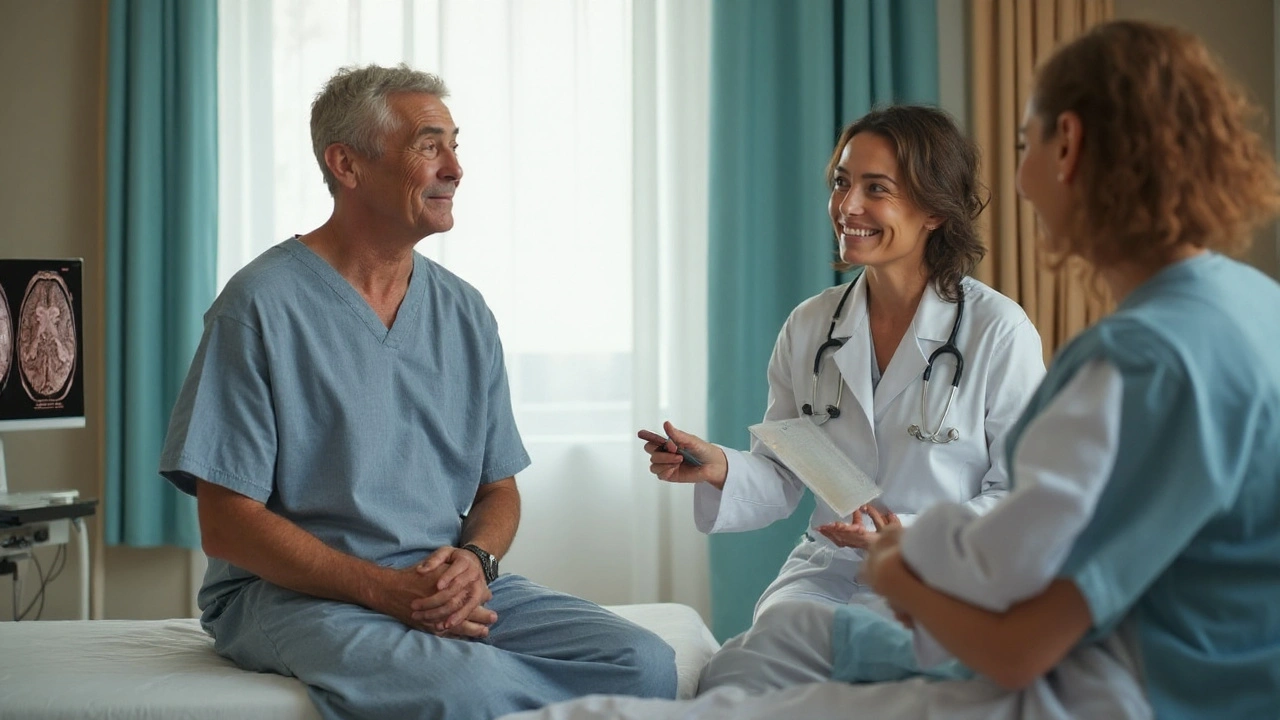
Upper vs. lower motor neuron lesions - why the pattern matters
Clinicians distinguish neurogenic bladder types based on lesion location. The table below compares the two classic patterns.
| Feature | Upper Motor Neuron (Brain/Thalamic) Lesion | Lower Motor Neuron (Sacral) Lesion |
|---|---|---|
| Bladder tone | Spastic - high‑pressure, urgency | Flaccid - retention, overflow |
| Sphincter behavior | Dyssynergic - does not relax | Absent coordination - leaking |
| Typical cause in head trauma | Brainstem or cortical injury | Rare, only if sacral roots are directly damaged |
| Management focus | Anticholinergics, timed voiding | Intermittent catheterisation |
Clinical clues: spotting neurogenic bladder after a head injury
In the first 48‑72hours post‑operation, nurses often note:
- Urgent, low‑volume voids (≤150ml)
- Inability to defer voiding despite social context
- Elevated post‑void residuals if the detrusor contracts too early
Urodynamic studies can confirm the pattern, showing reduced bladder capacity and involuntary detrusor contractions. Imaging (CT/MRI) helps locate the lesion - a midline bleed near the PMC is a red flag.
What can be done? Practical management steps
Treating frequency after head trauma relies on a two‑pronged approach: addressing the neural cause and managing bladder symptoms.
- Optimise cerebral dynamics: Keep ICP below 20mmHg using head‑elevation, osmotherapy, or surgical drainage when indicated.
- Modulate autonomic tone: Short‑acting anticholinergics (e.g., oxybutynin) reduce detrusor overactivity. In patients where cognitive side‑effects are a concern, mirabegron (β3‑agonist) offers a gentler alternative.
- Hydration and ADH monitoring: Avoid excessive free‑water intake. If serum sodium falls, consider desmopressin to replace ADH temporarily.
- Timed voiding and bladder training: Encourage scheduled trips every 2-3hours, gradually lengthening intervals.
- Catheter strategies: Use intermittent catheterisation only if overflow retention threatens kidney health.
Most patients improve once ICP stabilises and cortical pathways recover, usually within two weeks. Persistent symptoms deserve referral to a neuro‑urology clinic for advanced therapies such as botulinum toxin injections.
Related concepts and next steps in the knowledge hierarchy
Understanding post‑head‑injury urinary frequency sits within a larger cluster of neuro‑urology topics. The broader umbrella is Neurogenic bladder disorders, which includes:
- Spinal cord injury-related bladder dysfunction
- Multiple sclerosis-induced urinary urgency
- Parkinson’s disease and detrusor overactivity
For readers who want to dive deeper, the next logical reads are:
- “Managing bladder dysfunction after spinal cord injury” - examines lower‑motor‑neuron patterns.
- “Autonomic dysregulation in severe traumatic brain injury” - links blood pressure, heart rate, and urinary changes.
- “Pharmacological options for neurogenic urgency” - compares anticholinergics, β3‑agonists, and neuromodulation.
Frequently Asked Questions
Why does my bladder feel full after just a few sips of water post‑surgery?
Brain trauma can blunt the cortical “hold‑off” signal, so the pontine micturition center fires at lower bladder volumes. The result is an early sense of fullness even when the bladder isn’t truly full.
Is increased urination a sign that my intracranial pressure is still high?
Not always, but frequent urges often accompany elevated ICP. If the urgency is sudden, severe, or paired with headache, nausea, or vision changes, it warrants re‑checking ICP via imaging or bedside monitoring.
Can medications used for anxiety after head injury worsen urinary frequency?
Some sedatives (e.g., benzodiazepines) relax the bladder’s detrusor muscle, potentially decreasing urgency. However, they can also mask the need to void, leading to retention. Always discuss medication choices with your neuro‑urologist.
What non‑drug strategies help control frequent urination after a head injury?
Timed voiding, bladder training, and pelvic floor exercises can strengthen voluntary control. Keeping a voiding diary also helps clinicians fine‑tune treatment.
When is catheterisation necessary for post‑surgical urinary frequency?
Only if the bladder can’t empty adequately, leading to high post‑void residuals (>150ml) or risk of infection. Intermittent catheterisation is preferred over indwelling tubes to reduce complications.
Does age affect the likelihood of developing neurogenic bladder after head trauma?
Older patients often have reduced neural plasticity and may already have subclinical bladder issues, making them more prone to pronounced frequency after injury.

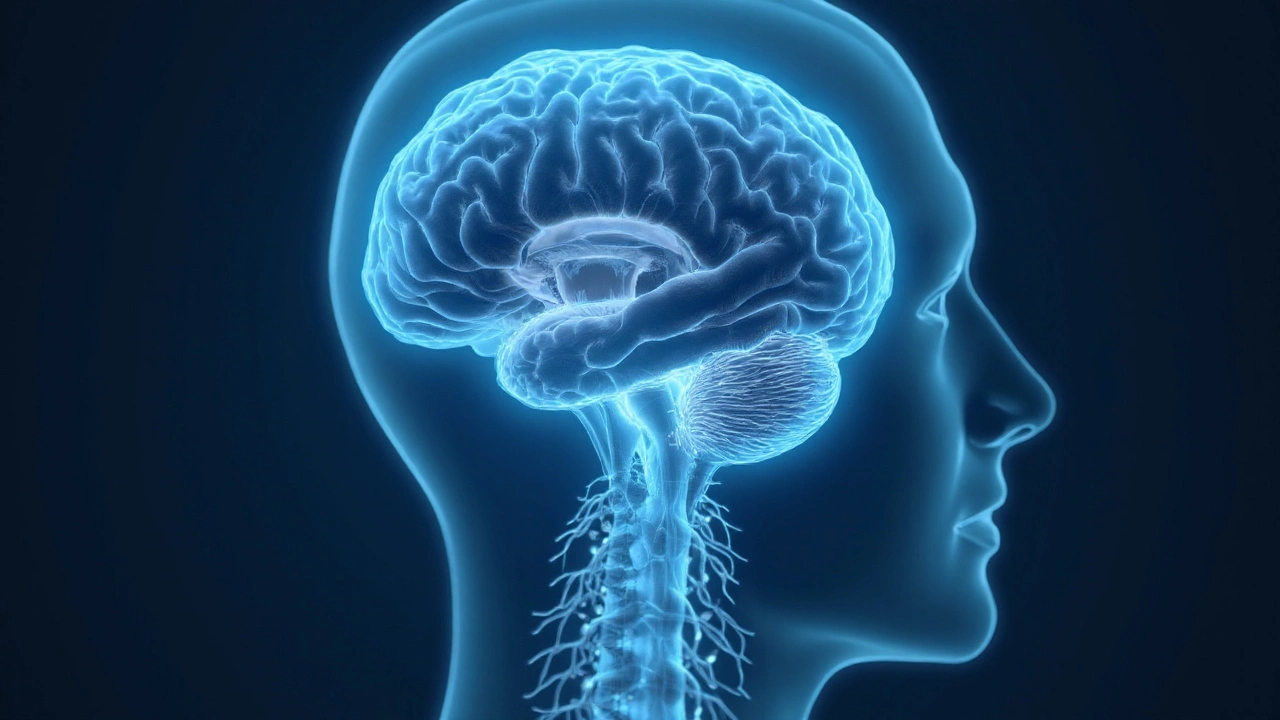
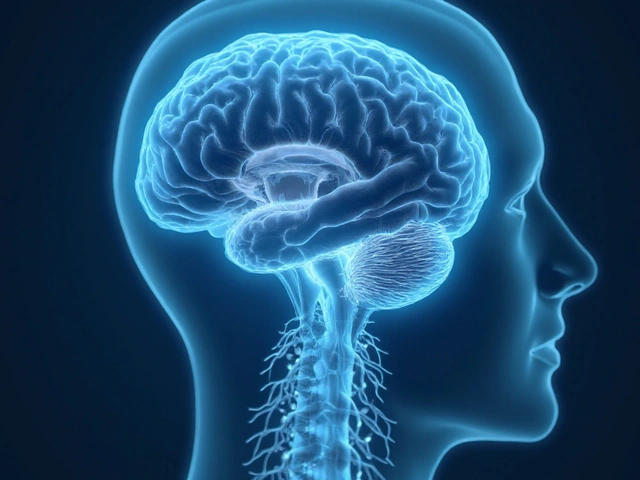
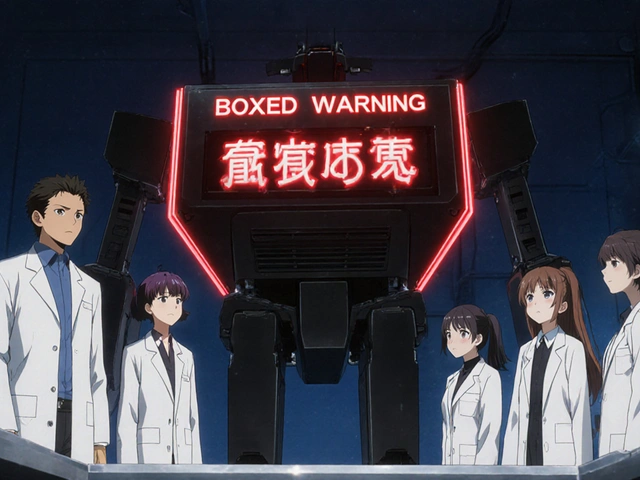
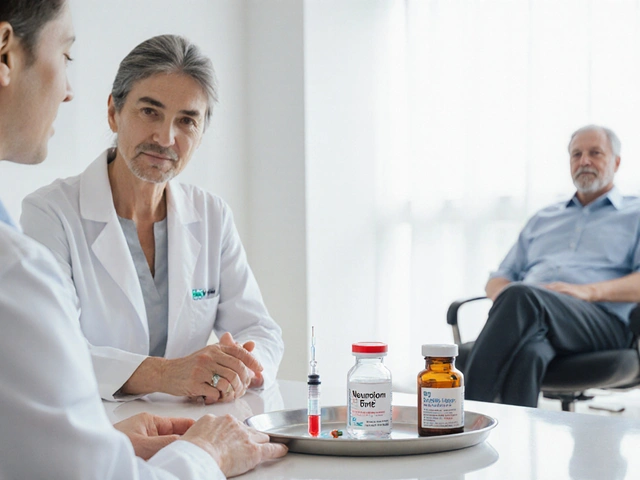
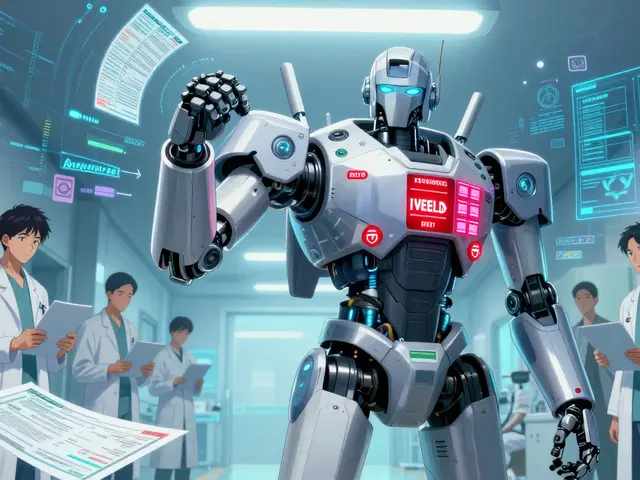
Post A Comment